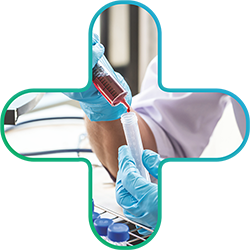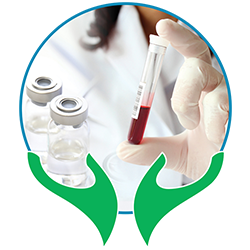-
 Creatinine Kinase
Creatinine Kinase Creatinine Kinase - Parameters: 1
Creatinine Kinase
-
 Erythrocyte Sedimentation Rate
Erythrocyte Sedimentation Rate Erythrocyte Sedimentation Rate - Parameters: 0
Erythrocyte Sedimentation Rate
-
 Full Blood Count
Full Blood Count Full Blood Count - Parameters: 25
Full Blood Count
-
 Lactate Dehydrogenase
Lactate Dehydrogenase Lactate Dehydrogenase - Parameters: 1
Lactate Dehydrogenase
-
 Lipid Profile
Lipid Profile Lipid Profile - Parameters: 7
Lipid Profile
-
 Liver Function
Liver Function Liver Function - Parameters: 8
Liver Function
-
 Phosphorus
Phosphorus Phosphorus - Parameters: 1
Phosphorus
-
 Renal Function
Renal Function Renal Function - Parameters: 6
Renal Function










